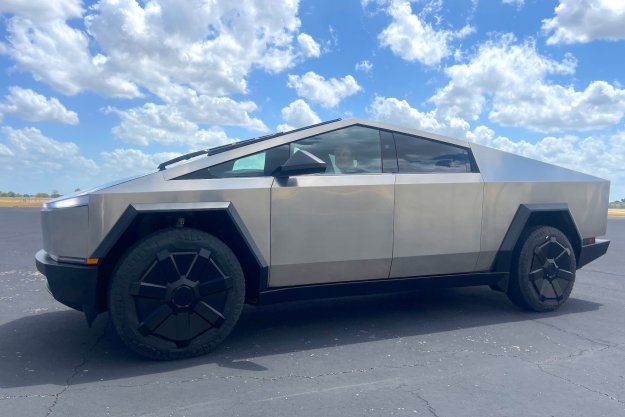Many manufacturers like to claim a racing pedigree for their performance cars, but usually it’s just marketing hype. There are quite a few race cars out there that are based on production models, but that’s not the same as taking a showroom-stock vehicle racing.
But the 2017 Acura NSX has earned its racing stripes. This past weekend, a nearly stock NSX took the Time Attack 2 class win at the 2016 Pikes Peak International Hill Climb. Other than added safety equipment required by race rules, the winning car was virtually identical to the ones people can actually buy.
The NSX was driven by Nick Robinson, a member of Acura’s North American R&D team who was heavily involved in the development of the current-generation NSX. He covered the 12.42-mile Pikes Peak course in 10:28.820. The finish line is 14,115 feet above sea level. The high altitude gives cars with electrified powertrains an advantage, since they don’t lose power in thin air.
Read more: Inside the factory where Acura builds its NSX supercar
The winning Time Attack 2 car was one of three NSX racers entered by Acura. Nick Robinson’s brother James, who also works for the carmaker as an engineer in its North American powertrain development group, drove a modified NSX in the Time Attack 1 class. This car sported a lightened chassis, higher-flow exhaust system, and other modifications.
Acura also entered an NSX-based electric car, which used an upgraded version of the four-motor powertrain from the Honda CR-Z prototype that raced last year. The all-electric NSX was also driven by the same person who piloted the CR-Z, Tetsuya Yamano. Posting a time of 9:06.015 at an average speed of 79.119 mph, Yamano finished second in the Electric Modified class, and third overall.
Pikes Peak is a standalone event, but Acura isn’t done racing the NSX. The NSX GT3 that debuted at the 2016 New York Auto Show will race on road courses next year. It’s an impressive-looking race car, but the GT3 won’t have as much in common as the 2017 NSX that conquered Pikes Peak.


